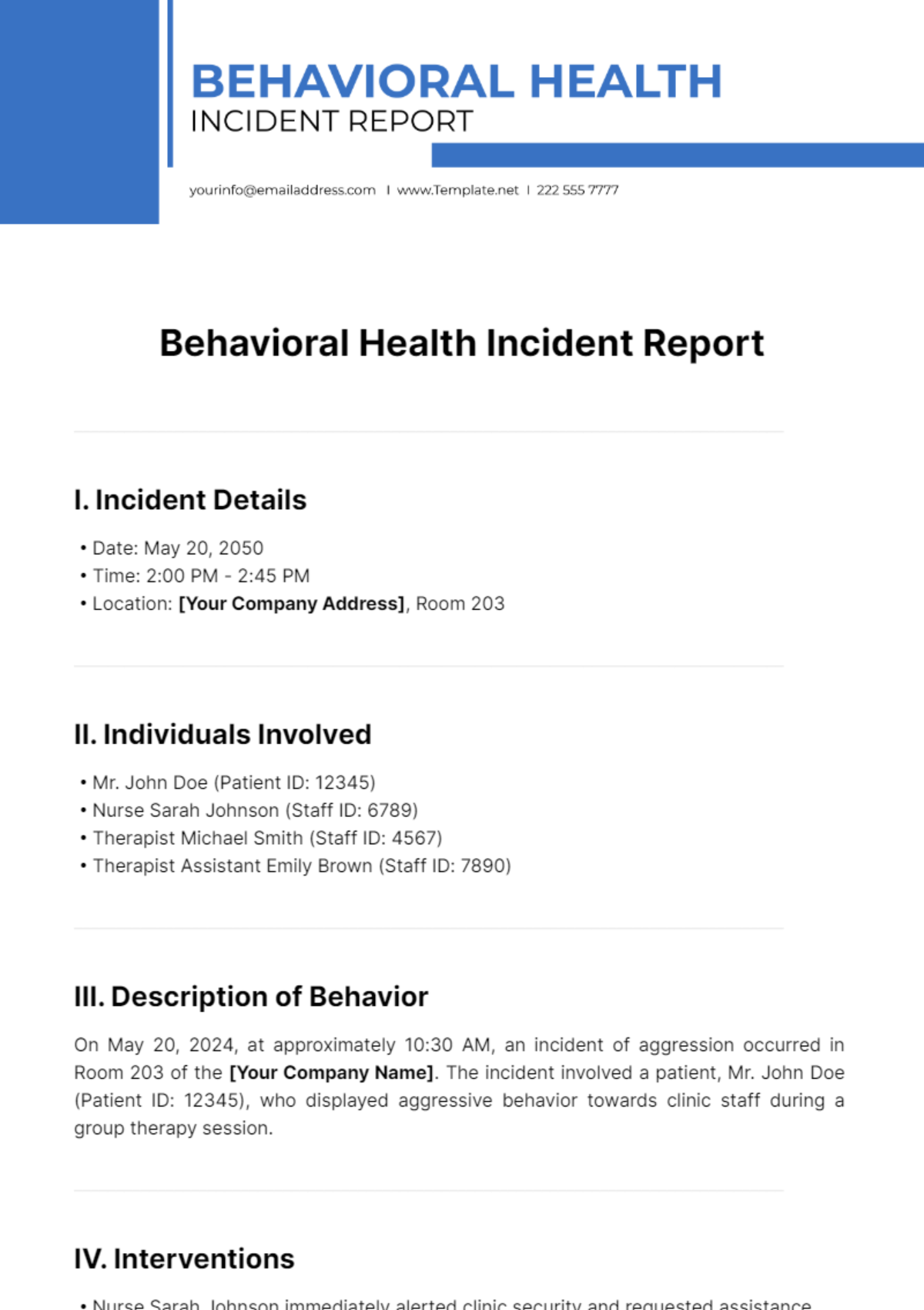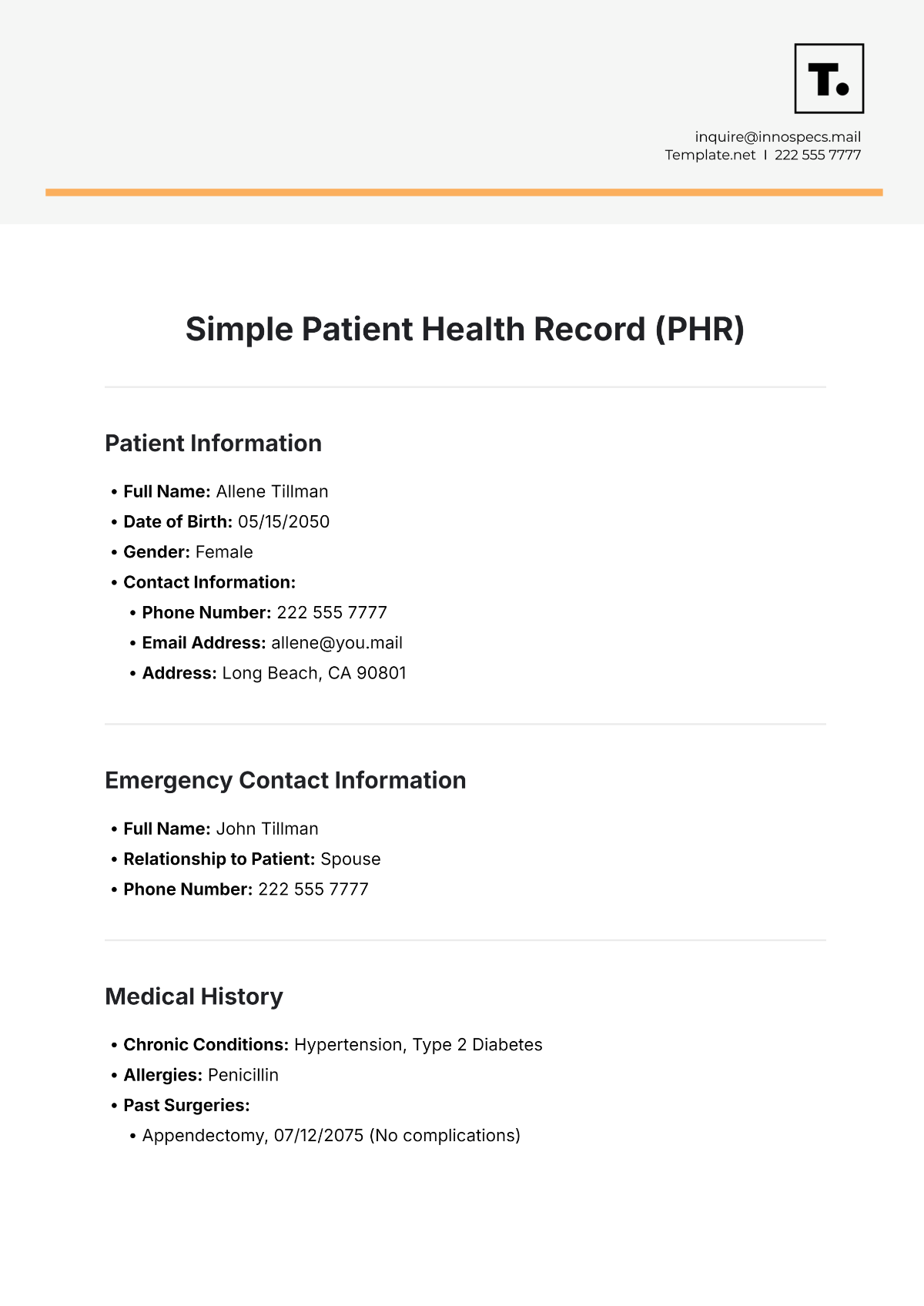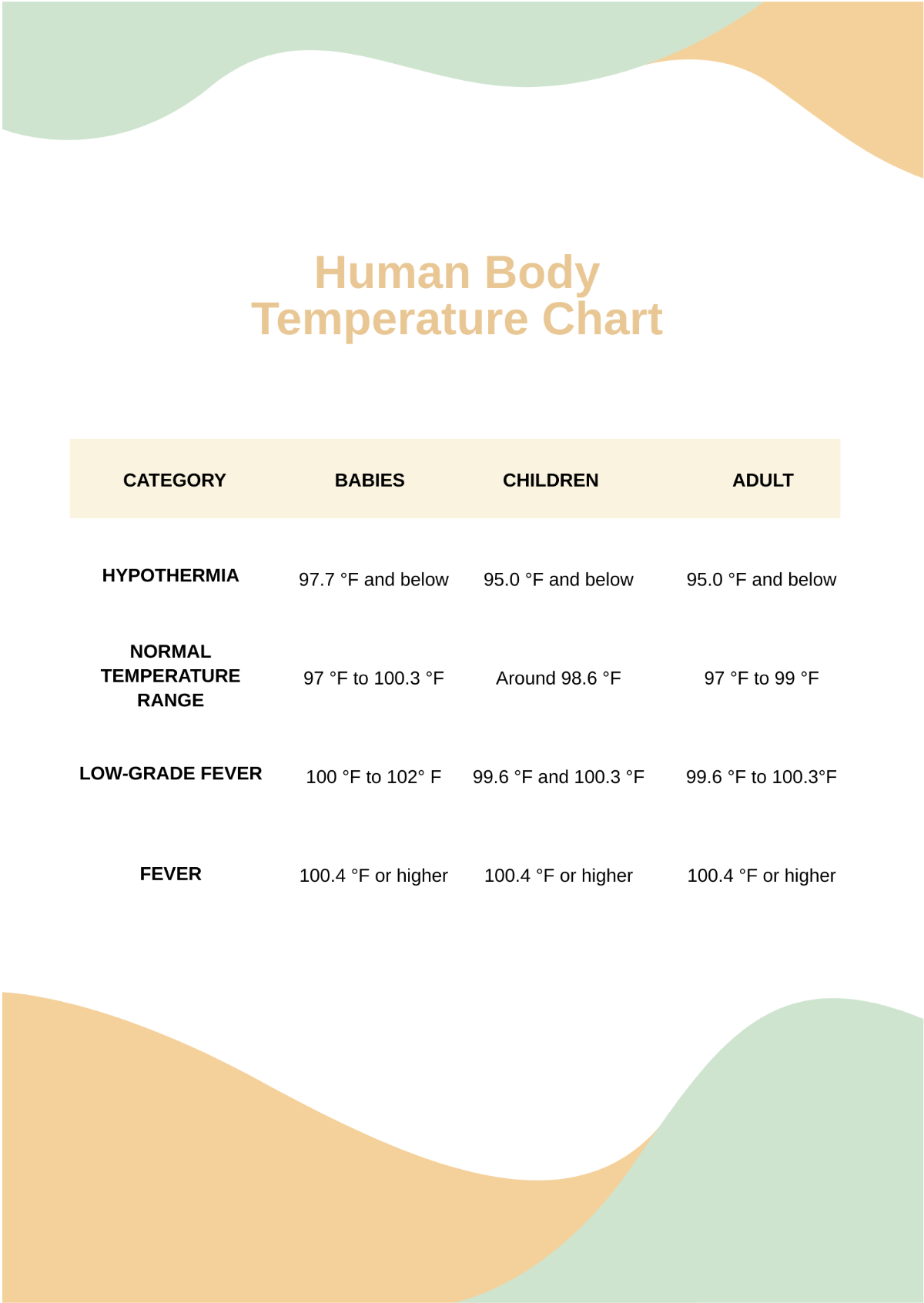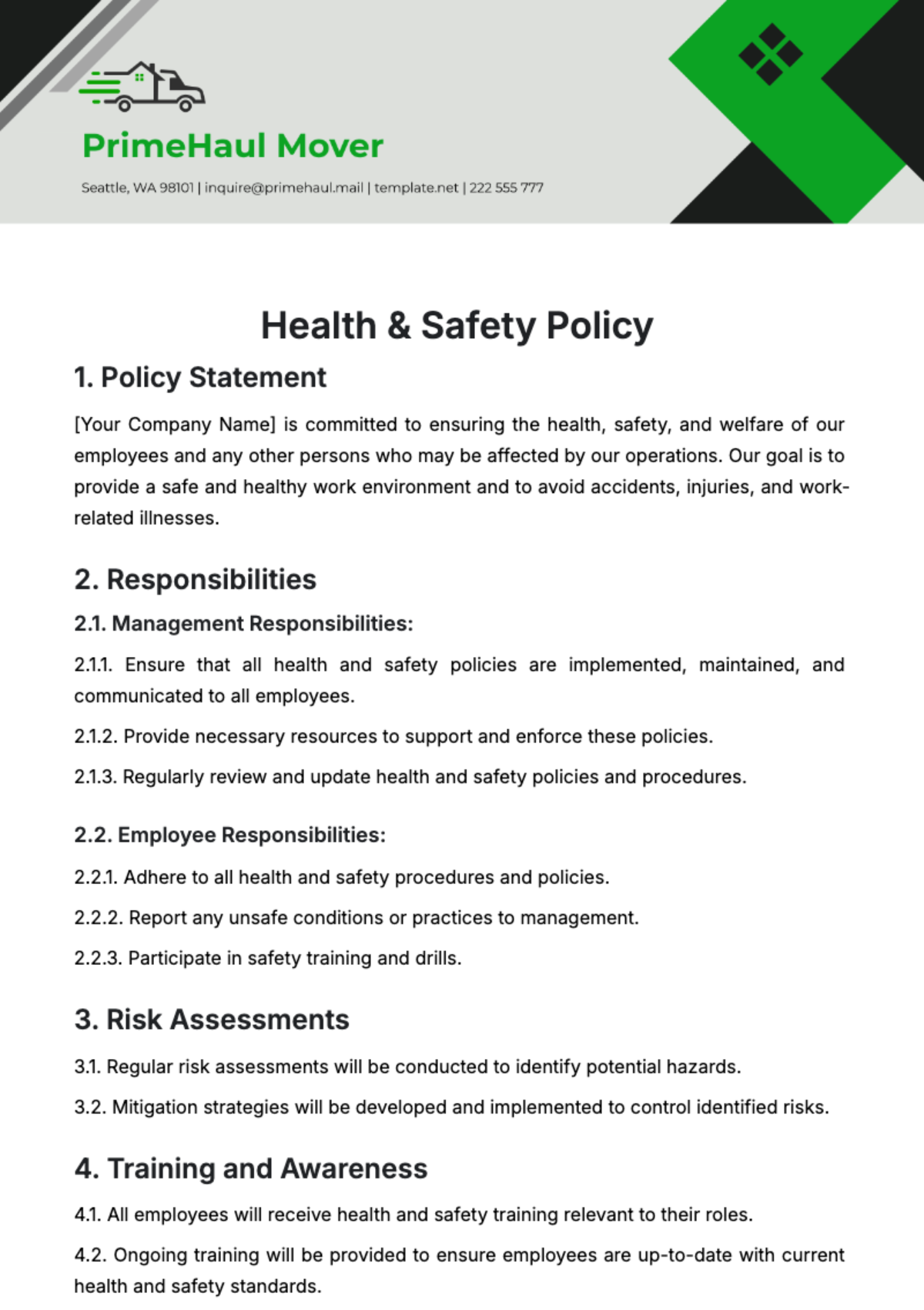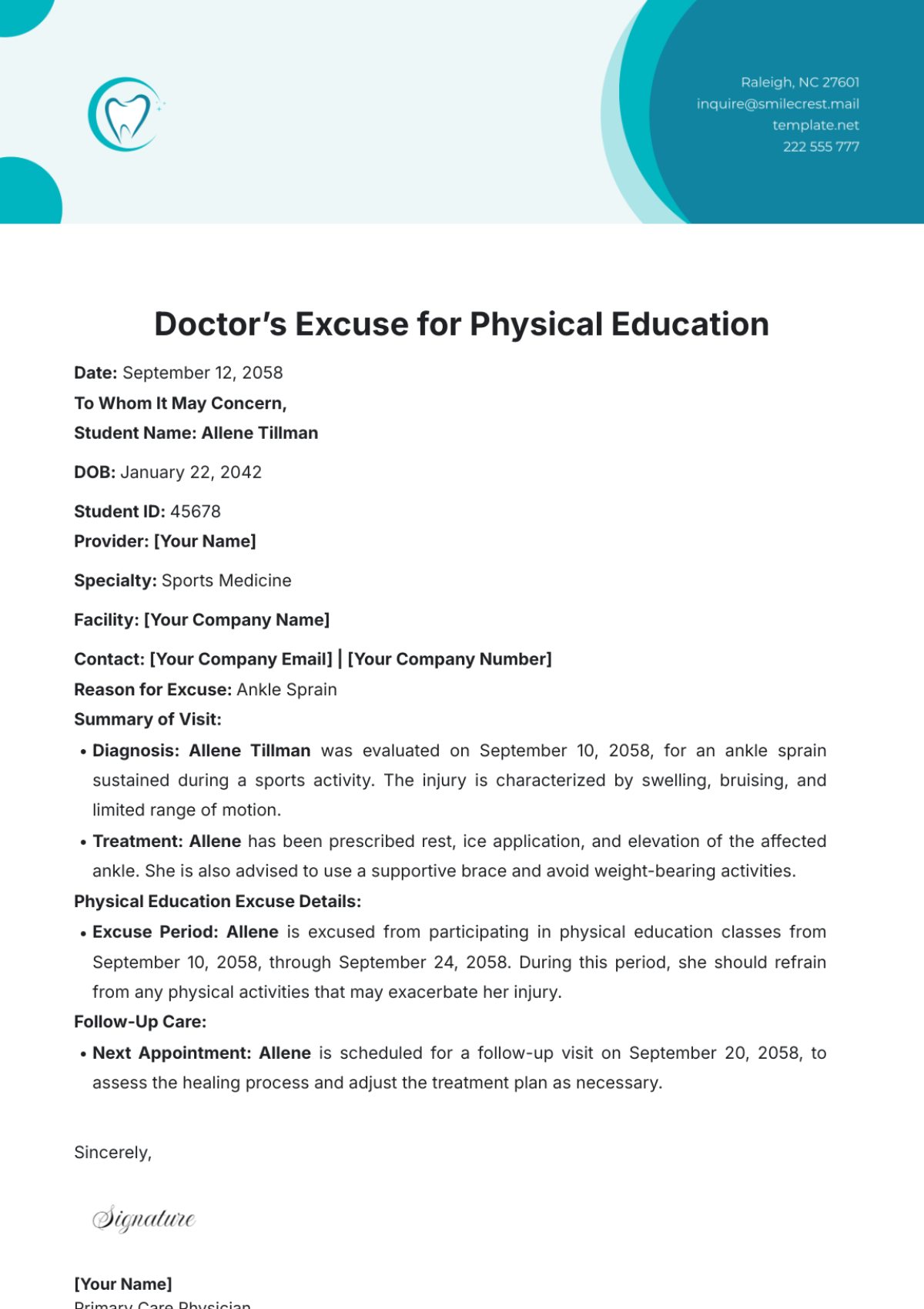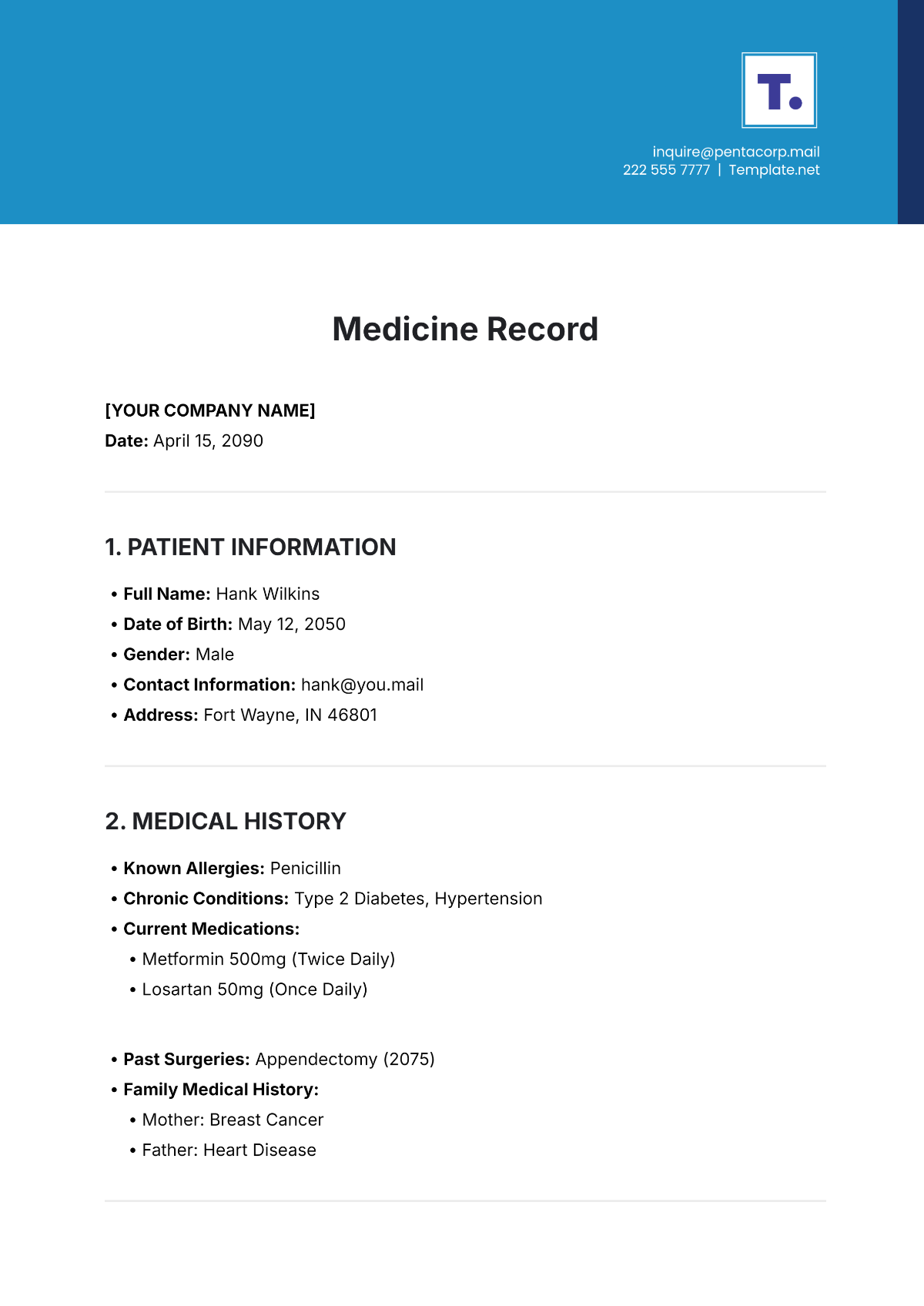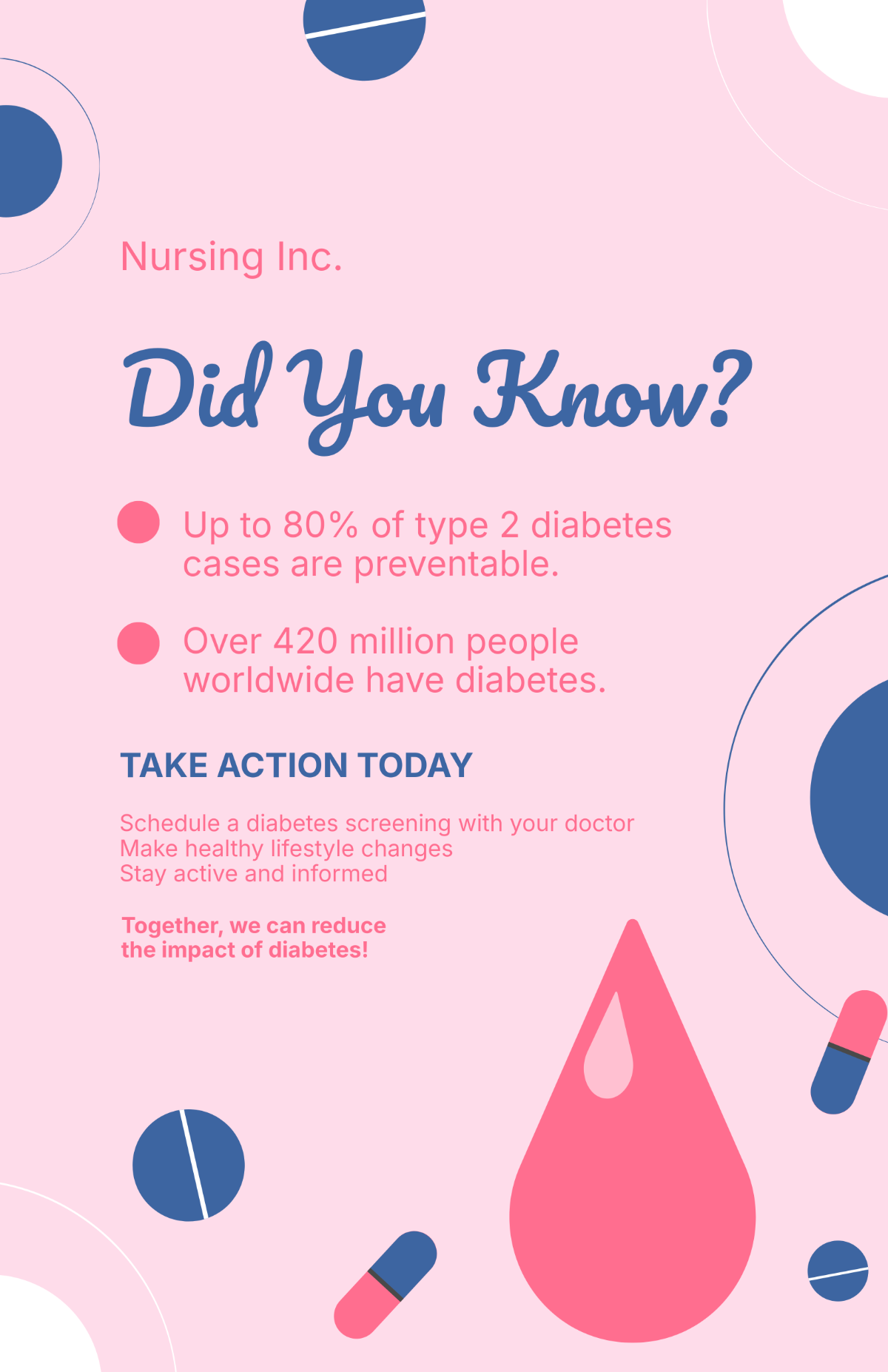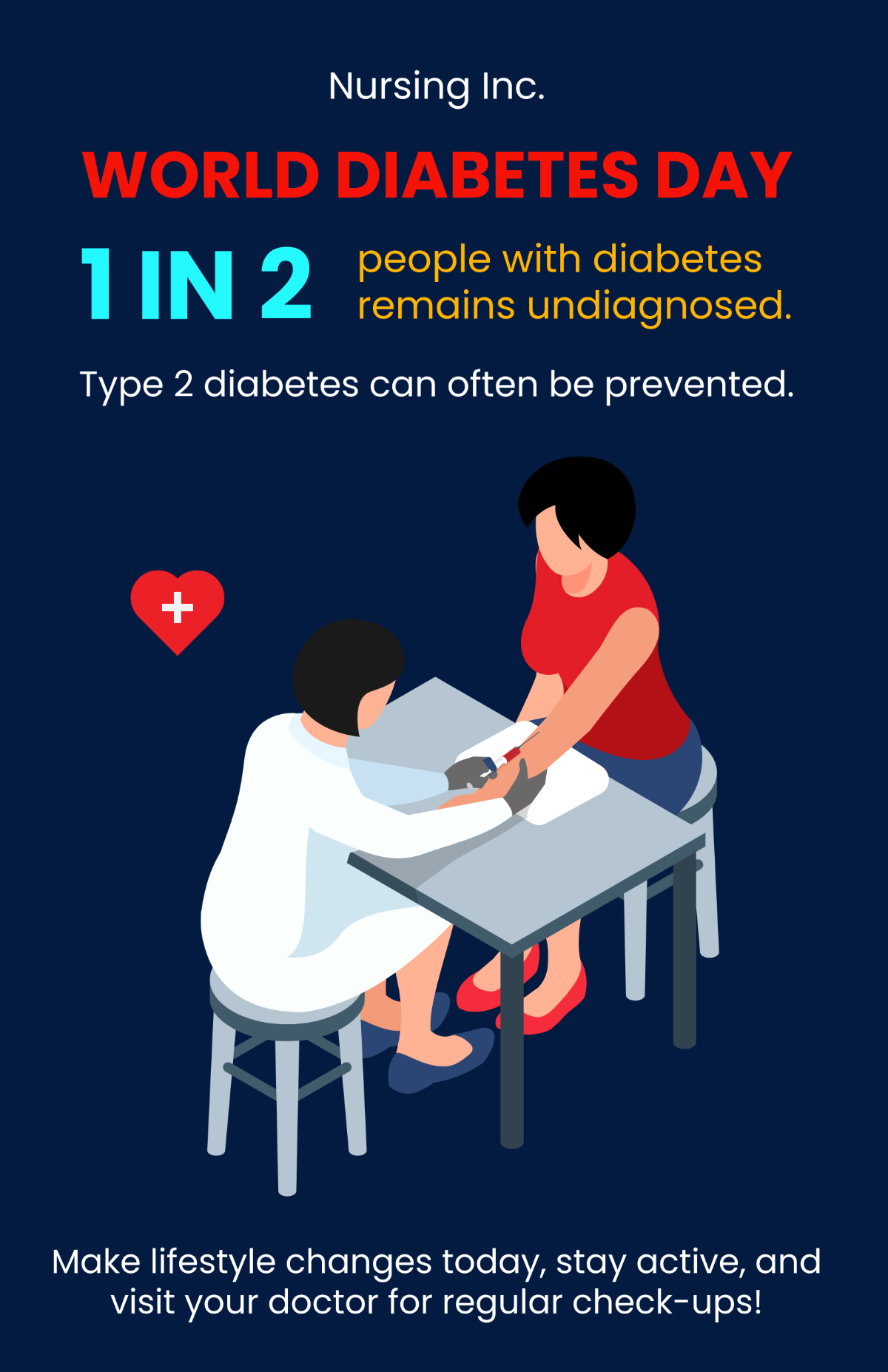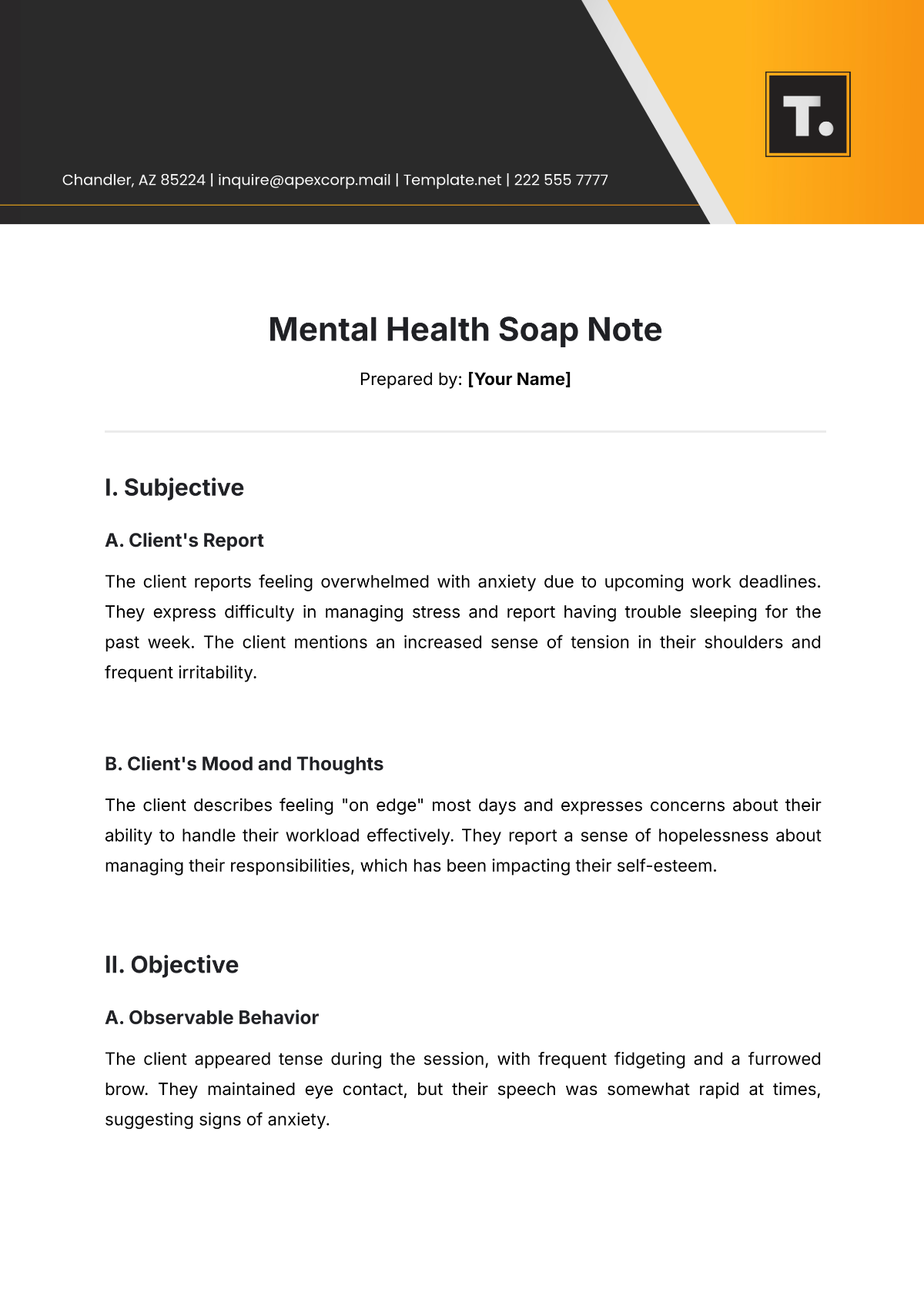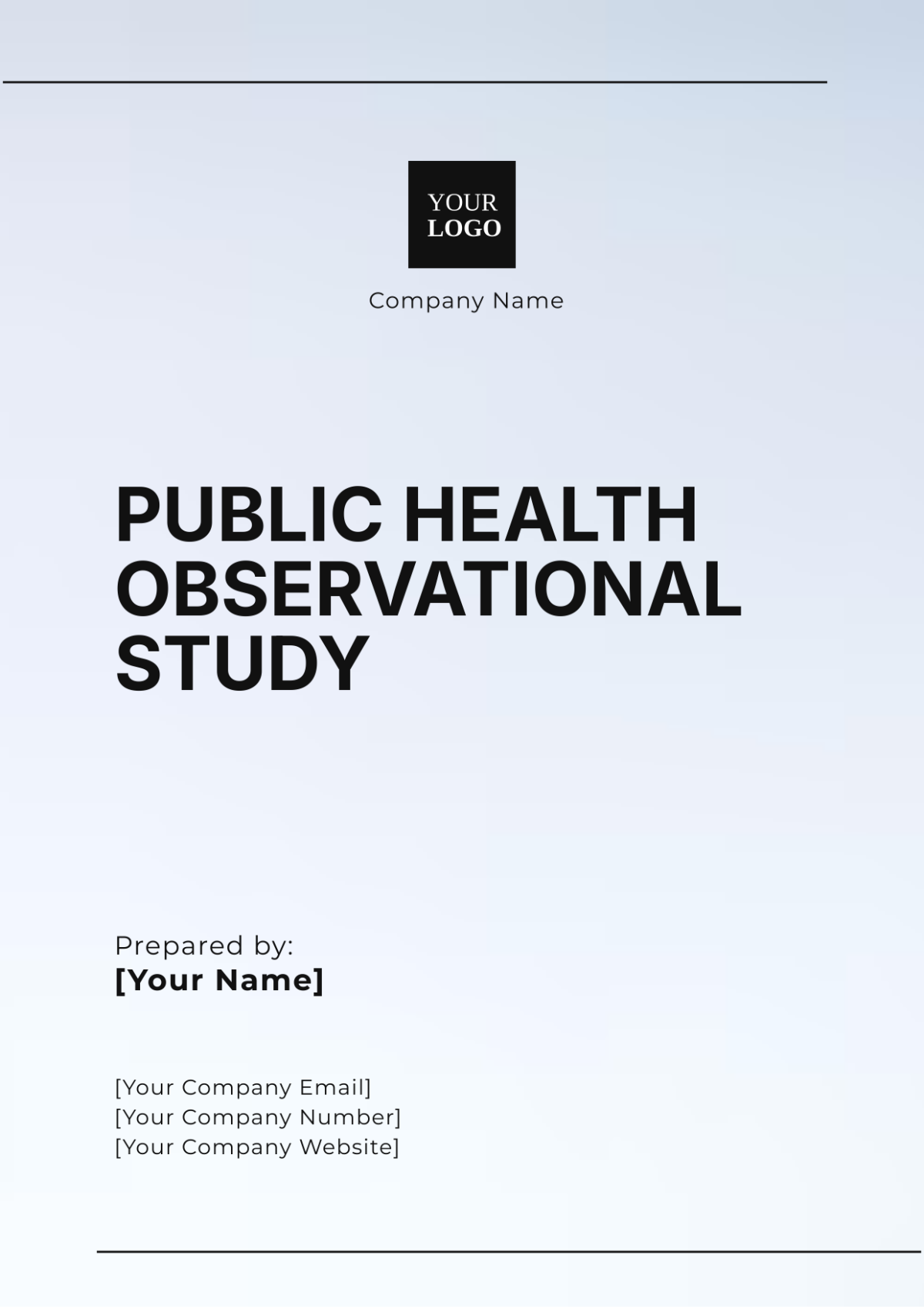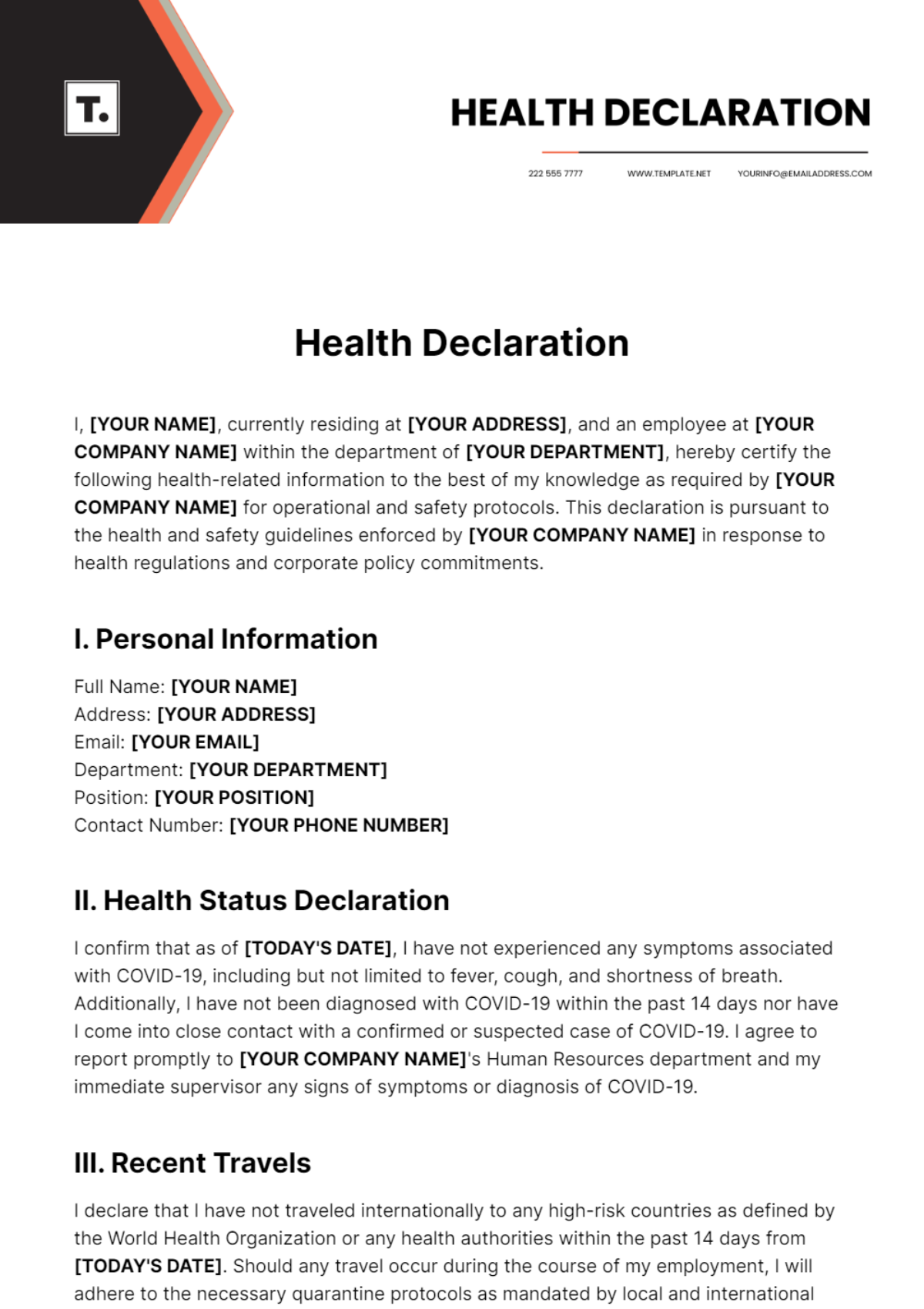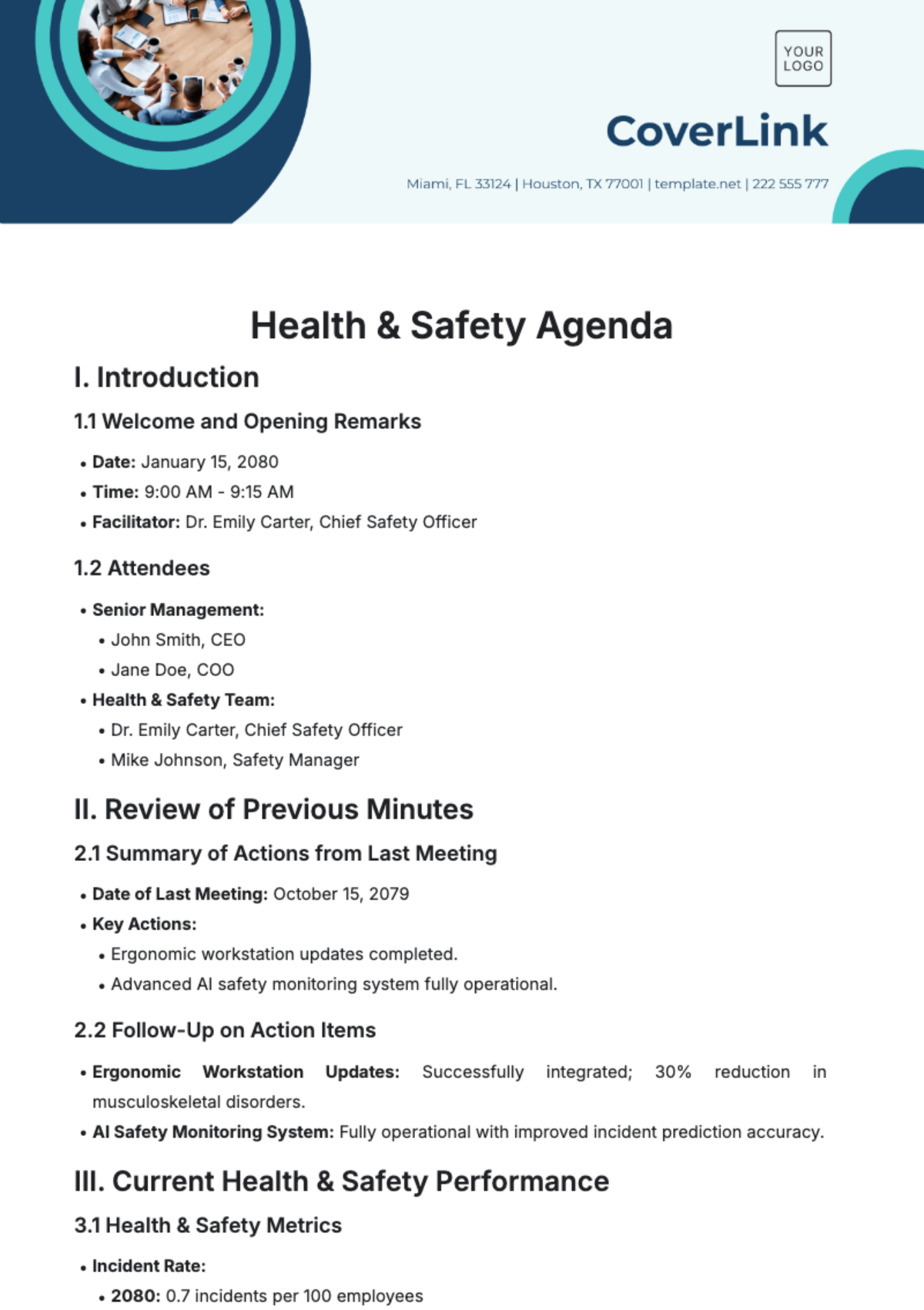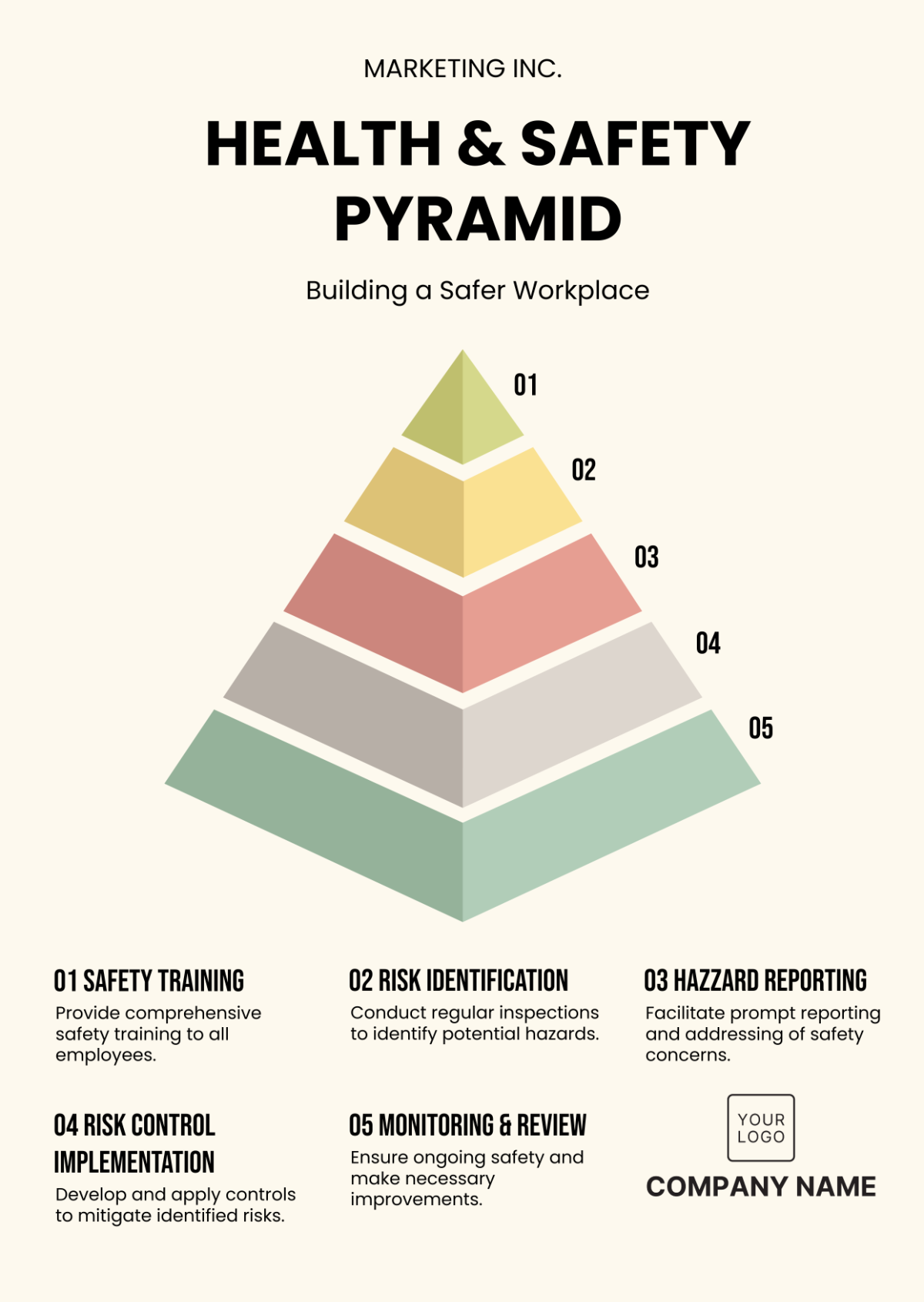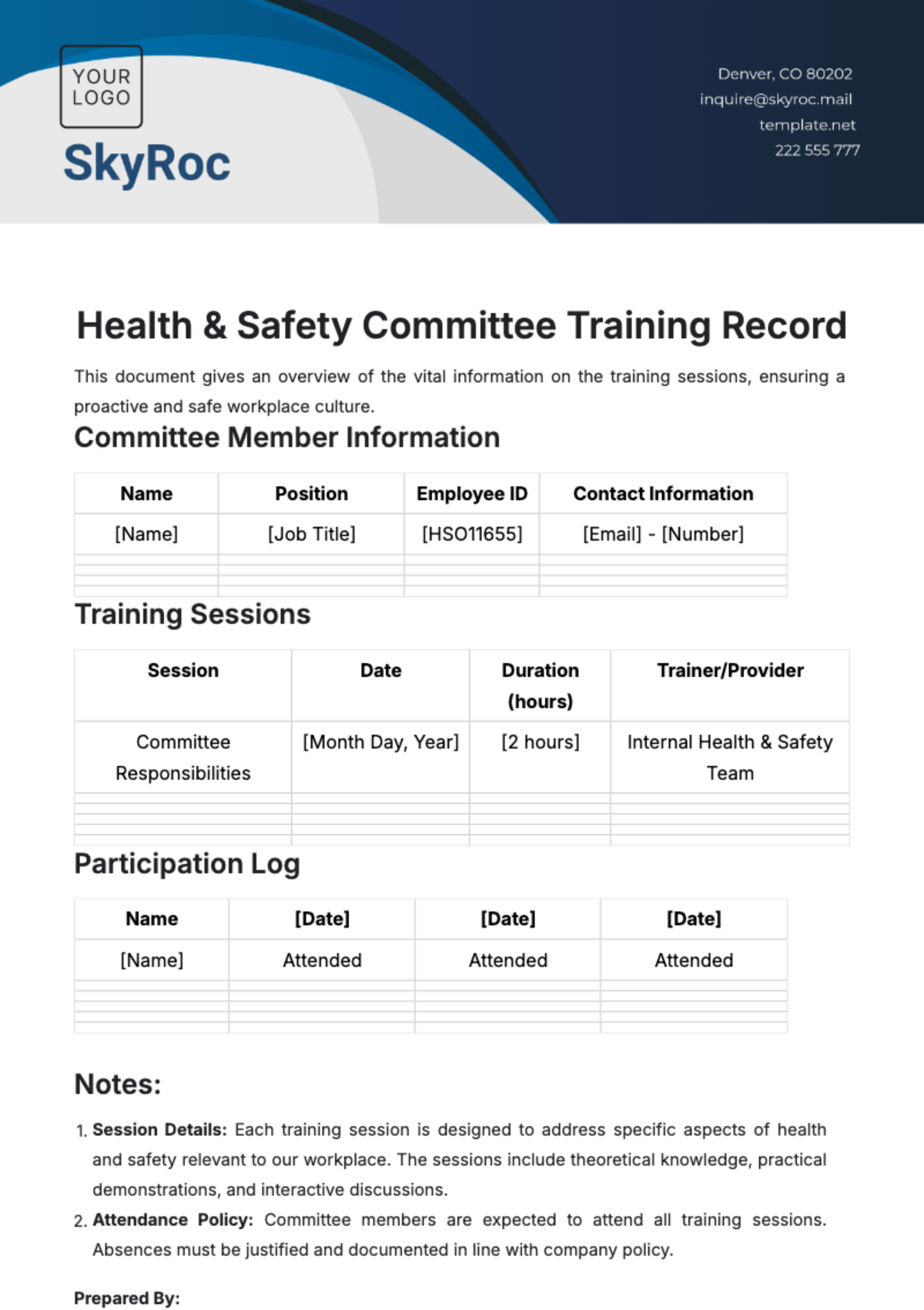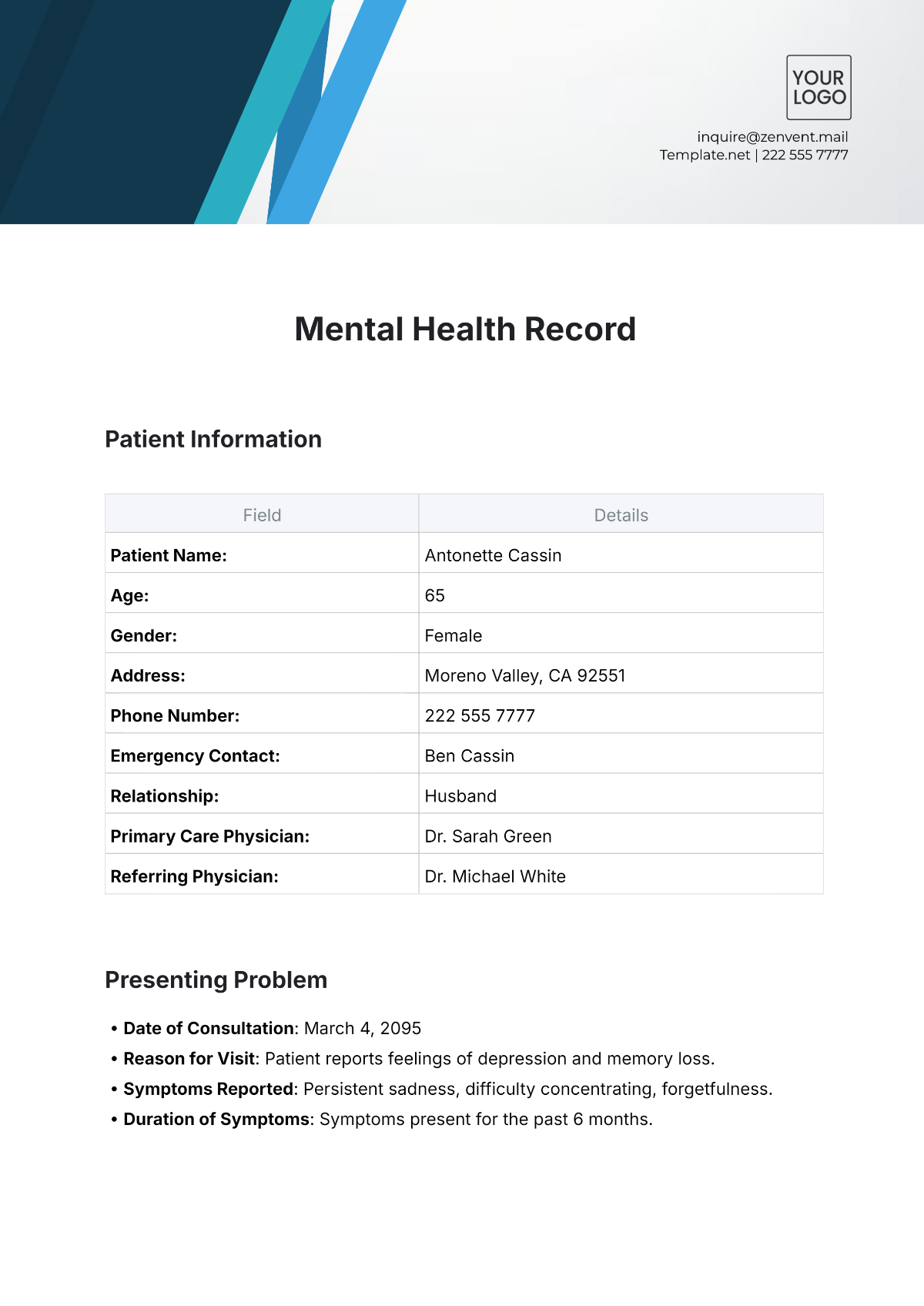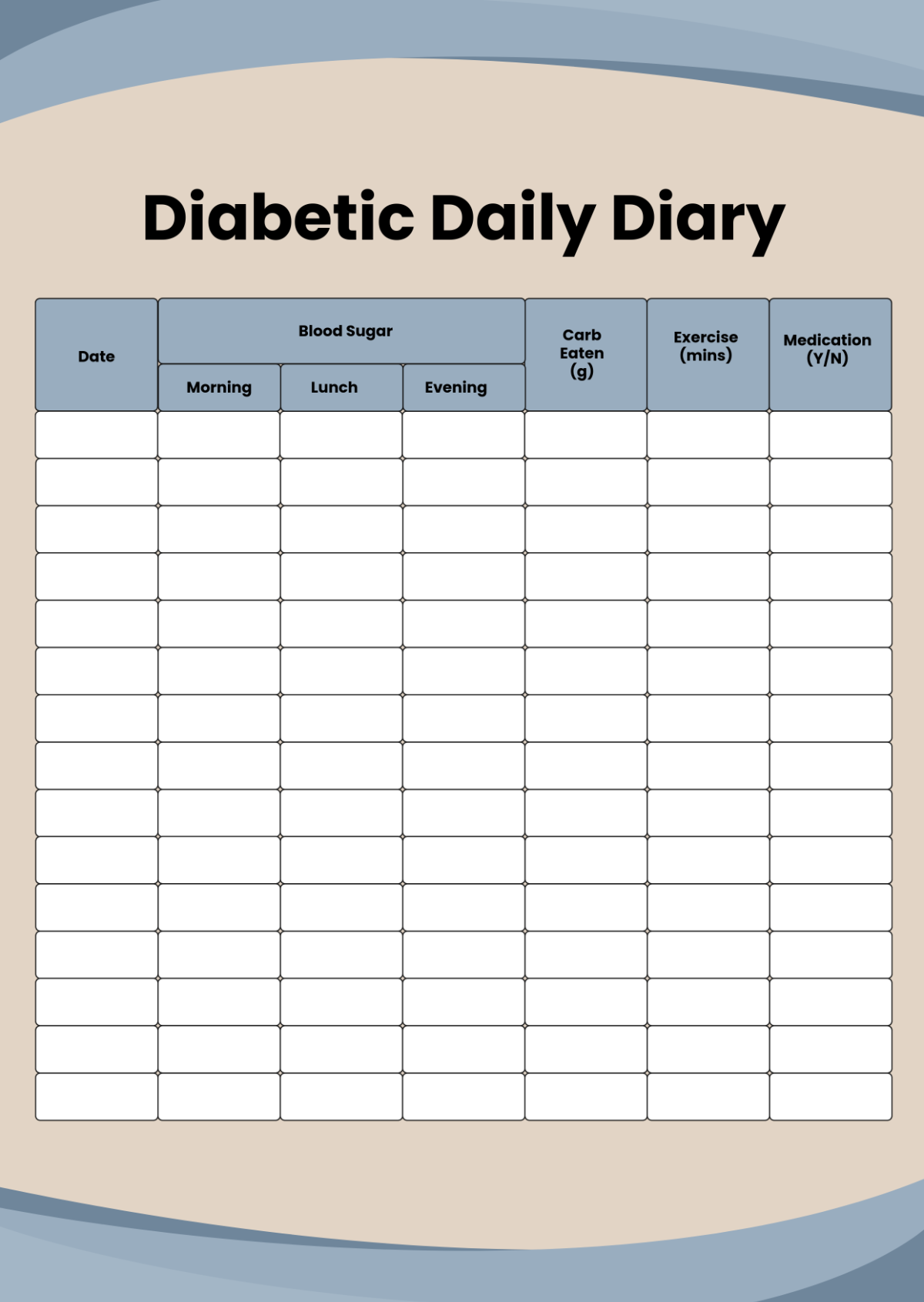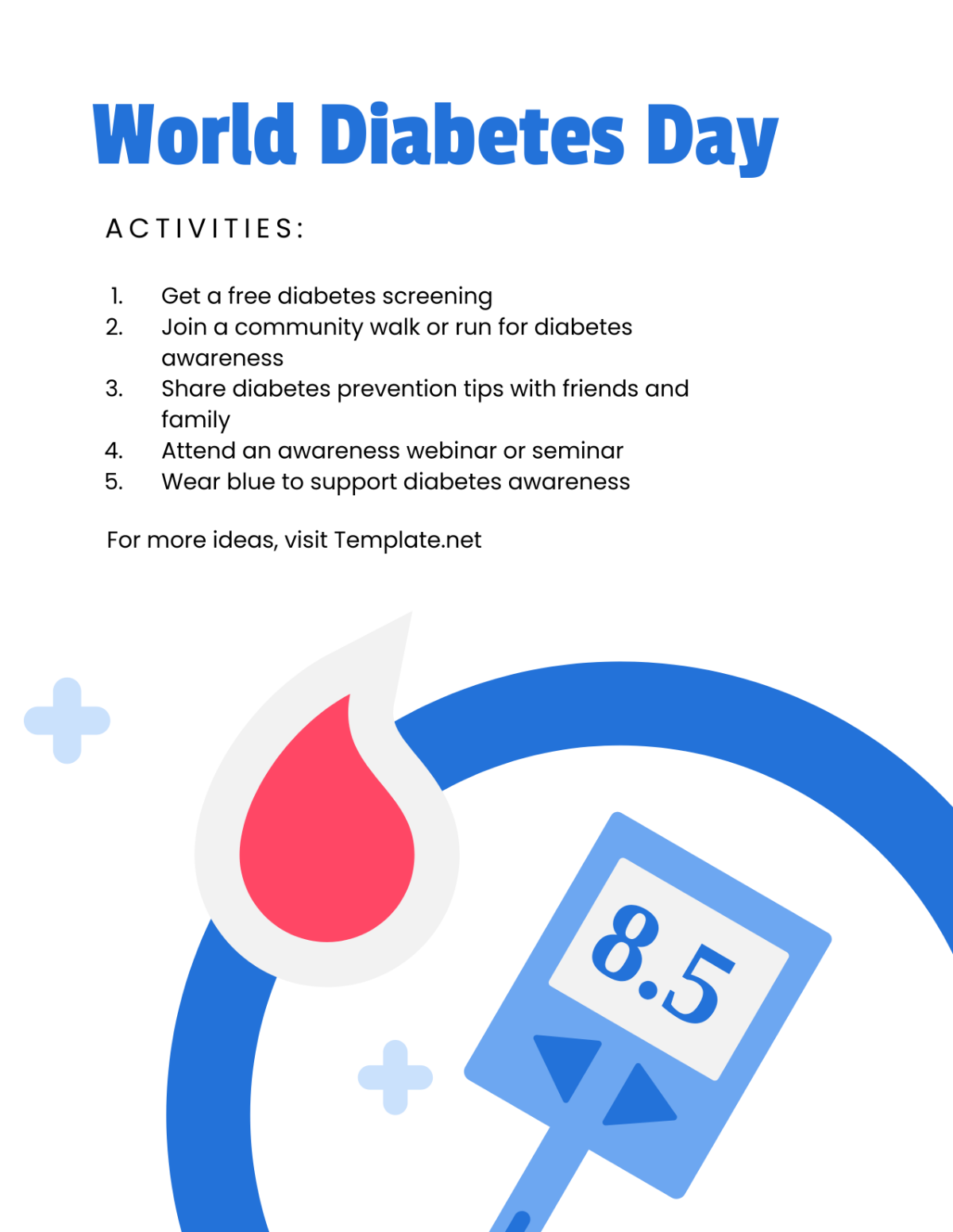Epidemiological Case Observational Study
Principal Investigator: [Your Name]
Affiliation: [Your Company Name]
Date: [Date]
1. Introduction
An Epidemiological Case Observational Study is a research approach used to understand the frequency, distribution, causes, and control of diseases in specific populations. By observing cases in their natural environment without intervention, these studies provide crucial data that inform public health strategies, guide disease prevention, and improve health outcomes. This study focuses on analyzing key disease patterns, identifying risk factors, and evaluating current control measures, providing insights that can be applied broadly to any population and health condition.
2. Objectives
The objectives of this mock epidemiological study are as follows:
To determine the frequency and distribution of a particular health condition within a given population.
To explore potential risk factors and causes associated with the health condition.
To analyze the patterns of disease occurrence based on demographic and environmental factors.
To assess the effectiveness of current public health interventions in controlling the disease.
3. Methods
3.1 Study Design
This study follows a case-control observational design. It compares individuals who have the disease (cases) to those who do not (controls) to identify potential risk factors. The study relies on retrospective data collection from medical records, interviews, and public health databases.
3.2 Study Population
The population for this study includes a diverse sample of 1,500 individuals from a range of urban, rural, and suburban areas. Participants are stratified based on age, gender, socioeconomic status, and location type to ensure a representative and balanced sample. Both cases and controls are carefully selected to allow for accurate comparisons between groups.
Demographic | Number of Participants |
|---|---|
Age (0-18) | 300 |
Age (19-45) | 700 |
Age (46-65) | 400 |
Age (66 and above) | 100 |
3.3 Data Collection
Data are gathered through medical records, surveys, and interviews. The following variables are considered:
Lifestyle factors: Smoking, diet, physical activity.
Medical history: Pre-existing conditions, medication usage.
Environmental exposures: Air and water quality, living conditions.
Demographic factors: Age, gender, occupation.
Data Sources
Hospital databases: For medical records and diagnosis data.
Government health surveys: For population health behaviors.
Environmental reports: For pollution and other environmental data.
4. Results
4.1 Frequency of Disease
The incidence and prevalence of the health condition being studied (e.g., respiratory illness) were analyzed over five years. The highest prevalence was observed in individuals aged 45 and above, particularly among those living in urban areas with higher pollution levels.
Year | Incidence Rate (%) | Prevalence Rate (%) |
|---|---|---|
2050 | 1.2 | 6.8 |
2051 | 1.4 | 7.1 |
2052 | 1.6 | 7.5 |
2053 | 1.8 | 7.9 |
2054 | 2.0 | 8.3 |
4.2 Patterns of Disease
The patterns of the health condition reveal:
Geographic distribution: Higher incidence in urban, industrialized areas due to environmental factors such as air pollution.
Gender differences: Males exhibited higher prevalence rates than females, likely due to differences in occupational exposures.
Age correlation: Older individuals, particularly those aged 45-65, showed a higher frequency of the condition, especially when coupled with a history of smoking.
Geographic Distribution of Disease
Area | Prevalence Rate (%) |
|---|---|
Urban | 10 |
Rural | 5 |
4.3 Causes and Risk Factors
This study identified several risk factors:
Smoking: Individuals who smoke were found to be 30% more likely to develop the condition.
Occupational Exposure: Those working in high-pollution industries had a significantly higher risk.
Lifestyle Factors: Poor diet and lack of physical activity were also linked to increased prevalence, particularly in younger populations.
Risk Factor | Associated Risk (%) |
|---|---|
Smoking | 30 |
Occupational Hazards | 25 |
Poor Diet | 20 |
4.4 Control Measures
Existing public health interventions were evaluated for effectiveness. While anti-smoking campaigns have successfully reduced smoking rates by 15% over five years, the study found that other measures, such as pollution control, had limited success in reducing the incidence of disease.
Evaluation of Control Measures
Intervention | Effectiveness (%) | Improvement Areas |
|---|---|---|
Smoking Cessation Programs | 15% reduction | Target high-risk groups |
Pollution Control Measures | Minimal impact | Strengthen enforcement policies |
Public Health Campaigns | Moderate impact | Increase education on diet/health |
5. Discussion
The results of this observational study highlight key factors driving the health conditions in the target population. The study revealed that environmental and lifestyle factors such as smoking, poor diet, and occupational exposure play a significant role in disease prevalence. Although public health measures have been moderately effective, more focused interventions are needed, particularly in addressing environmental causes and increasing education on healthier lifestyle choices.
5.1 Limitations
This study is limited by its observational design, which does not allow for direct causal conclusions. Additionally, reliance on self-reported data for lifestyle factors may introduce reporting bias.
6. Conclusion
The findings of this epidemiological case observational study emphasize the importance of addressing both environmental and lifestyle risk factors to control the spread of disease. While existing public health interventions have had some impact, more rigorous measures are required to effectively reduce disease prevalence, particularly in high-risk populations. Further research should explore long-term strategies for mitigating environmental risks and promoting healthier lifestyles across all demographic groups.
7. References
Smith, J. et al. (2050). "Impact of Air Pollution on Respiratory Health: A Five-Year Review." Journal of Environmental Health Studies, 45(2), 123-145.
Doe, A. & Brown, B. (2051). "The Role of Smoking in Chronic Disease Development." Public Health Review, 30(4), 67-89.


